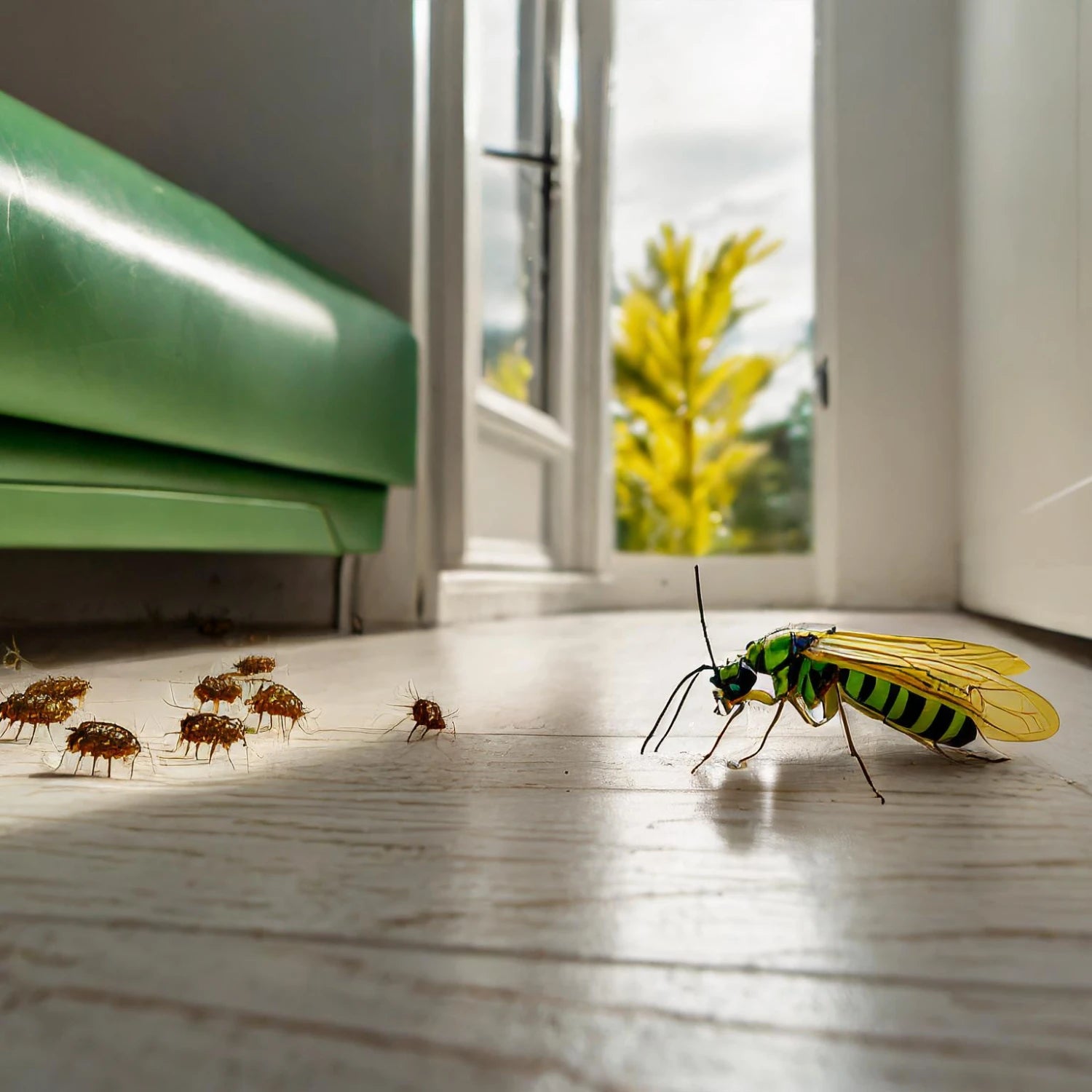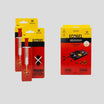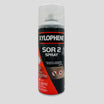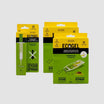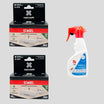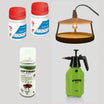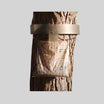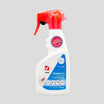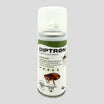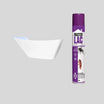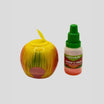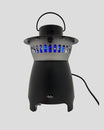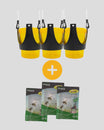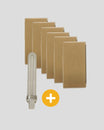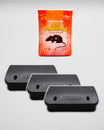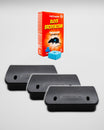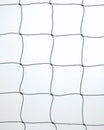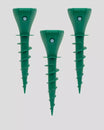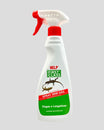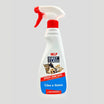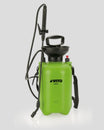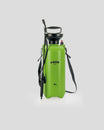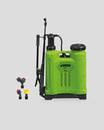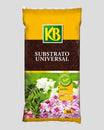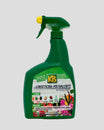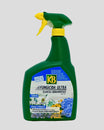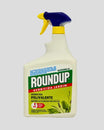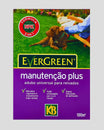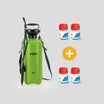Dealing with rat infestations can be a challenging and undesirable task. These rodents are known to spread disease and cause property damage. An effective approach to controlling rats involves the use of traps designed to capture them safely and efficiently.
Considerations When Choosing a Mouse Trap
Trap Type
There are different types of traps available, including live traps, glue traps, and lethal traps. Before choosing, consider which method best aligns with your ethical preferences and practical needs.
Capture Efficiency
A good trap should be designed to catch mice efficiently. Make sure the trap has reliable mechanisms that are triggered when a mouse comes into contact with it.
Security
If you choose lethal traps, it is important to ensure that they are designed to be safe for you, your family and pets. Avoid traps that could cause accidental harm.
Ease of Use
Traps should be easy to set up and use. This includes the ability to place them in strategic locations where rats frequent, such as access trails and feeding areas.
Durability and Reusability
Choose reusable and durable traps as it is an economical and environmentally conscious choice.
Trap Size
Make sure the trap is large enough to accommodate the size of the common rats in your area as you may have 2 types of rats in your home: house mice (small) or rats (larger).
Mouse Trap Options
✅ Bait Station Traps
These traps, known as bait stations , have a support that allows the placement of attractive/poisonous bait, in order to attract domestic mice or rats to consume the poisonous bait. It is likely that the mouse will escape from the trap, but this is not a problem, as the mouse will eventually become contaminated and subsequently die.
✅ Glue Traps
Glue traps use a sticky surface to catch mice. You should place an attractive bait in the trap to attract the mouse's attention and eventually get caught in the trap.
✅ Lethal Traps
These traps, known as mechanical mousetraps , kill mice instantly when activated. They are effective, but require careful handling and should be placed out of reach of children and pets.
Steps for Efficient Use of Mouse Traps
Strategic Location
Place traps in areas where rats have been observed or where signs of activity are evident, such as droppings, trails or gnawing.
Suitable Bait
Choose suitable attractive baits to attract the attention of rats to the traps, and then end up contaminating them with the poison contained in the rodenticide bait.
Regular Maintenance
Check traps regularly, especially if they are in continuous use. Remove any trapped mice quickly.
Hygiene and Cleaning
Maintain good hygiene when handling traps and captured rats. Wash your hands thoroughly after handling traps or rodents.
Choosing a rat trap requires careful consideration of both effectiveness and safety. Bait station traps, glue traps, and lethal traps are all available options, each with their own advantages and disadvantages.
Remember that the effectiveness of traps depends not only on choosing the right type, but also on strategic placement and the use of appropriate bait. Always keep safety in mind when dealing with traps and captured mice, and consider seeking the help of pest control professionals if the infestation is severe.

